Major J. B. McCudden, V.C.
The R.F.C. at Farnborough, 1913
A Collection of R.F.C. Machines at Farnborough, 1913 2nd Air Mechanic McCudden, 1914
Flight-Sergeant McCudden, Observer, R.F.C.
Flight-Sergeant McCudden, N.C.O. Pilot
Lieut. McCudden, R.F.C.
Lieut. Muspratt, Capt. McCudden, and Lieut. Coote Lieuts. Muspratt, Rhys Davids, and Coote
Major Blomfield, Commanding "M" Squadron
A Crashed Rumpler
Another View of the Same Crashed Rumpler
Capt. J. T. B. McCudden
Captain McCudden and his Favourite "S.E." Biplane Captain McCudden's Favourite "S.E." with its German Nosecap, and the Air Mechanics of his Flight
Captain McCudden "Looking Very Like a Hun"
Captain McCudden " la Hun"
Captain McCudden in his "S.E."
Captain J. T. B. McCudden, March, 1918
Captain McCudden and Bruiser
The Maurice Farman ("Longhorn" Type) of 1912 A B.E. 2 of the Early Type, 1912
The Original Type of Morane Parasol Monoplane The "Vengeur" Type Morane Monoplane
The "F.E. 2D." with 250 h.p. Rolls-Royce Engine The Leader of a Patrol of D.H. 2's Getting Off
A Patrol of "Bristol Fighters" Getting Off in Formation A De Havilland IV. (D.H. 4) Biplane of 1917
A Captured L.V.G. Biplane
A Captured D.F.W. Biplane
A Captured D.V. Type ("V Strutter") Albatros
A Hannoveraner Biplane
The Fokker Triplane
The High-Flying Rumpler Biplane
A Pilot of an S.E. 5A Changing a Drum on a Lewis Gun Bourlon Wood and the Neighbouring Country An R.F.C. Squadron with their S.E. 5A Biplanes
PREFATORY NOTES
BY MARSHAL OF THE ROYAL AIR FORCE LORD TRENCHARD, K.C.B., D.S.O.
"McCUDDEN WAS, LIKE ALL great pilots, extraordinarily modest and conscientious in all that he did.
"His skill and daring speak for themselves. Only the finest courage and an unsurpassed mastery of the art of flying and fighting in the air could account for such a record of unflagging work and incessant victory. His work was as thorough as it was brilliant and his thoroughness was an important cause of his success.
"No detail, however small, connected with any branch of his work or with any part of his machine was overlooked. His determination and nerve were tremendous, and there was no finer example of the British pilot."
[Signed] TRENCHARD.
BY CHIEF AIR MARSHAL SIR JOHN SALMOND, C.M.G., D.S.O.
"McCUDDEN WAS IN No. 3 Squadron R.F.C., which I com manded in August, 1914. He was at that time one of the best engine fitters we had, and was trusted implicitly both by his Flight Commander and Lieutenant (now Colonel) Conran, whose engine and machine were his particular care. In those days, when engines were very much less reliable than they are to-day, this meant a very great deal.
"His attention to detail and his capacity marked him out for early promotion. He was then transferred from No. 3 Squadron.
"I did not meet him again until he was Captain, and at the height of his victorious career.
"I am confident that he would agree with me when I say that the secret of his remarkable success lay in the fact that he fought with his head as well as with his great heart."
[Signed] J. M. SALMOND, 25th August, 1918.
INTRODUCTION
IF JAMES MCCUDDEN HAD lived this book might have been a little different. When he did me the honour of asking me to edit these memoirs of his five years' service in the Royal Flying Corps, he explained modestly that he had had but little schooling, having left school before he was fourteen years of age, and was afraid that his writing would take a lot of correction. As a matter of fact he wrote remarkably well, and required very much less editing than does the average professional contributor to newspapers and magazines. Never having written anything in his life except military reports and personal letters, he knew nothing of arranging his paragraphs and chapters for publication, but apart from that he has told his story with the directness and simplicity of a Norse Saga, or of one of the classic soldier-writers of the past.
Sometimes his narrative style reminds one curiously of Xenophon with his "having marched so many parasangs we made an encampment at so and so," and at other times he shows that calm, unprejudiced view of his enemies which makes the writings of Julius Csar so pleasing to the student of war. His book, as it appears hereafter is, therefore, precisely as he wrote it, subject only to arrangement in chapters and to editing for what are in trade slang called "literals." If he had lived one might have extracted from him more elaborate or more detailed accounts of certain interesting incidents on which he has only touched briefly.
Only two days before he was killed James McCudden brought me the last part of his work, and asked me to make notes of any incidents which I remembered in connection with his story, so that we could together put them into the book to explain anything which needed explanation. Under the circumstances I have not ventured to add any such incidents to the book, for as it stands it is entirely his own work, but here and there I have appended explanatory footnotes for the infor mation of readers who are not closely in touch with military aeronautics.
What makes the book even more remarkable than the writer's youth and inexperience of writing is the fact that it was all written in a little more than a month before his death, and during that time he was doing strenuous work as a fighting instructor in Scotland, besides making several trips to London and to France.
He took an intense joy in writing his memoirs, which he appeared to regard as the joke of the century, for like a true Irishman he regarded the really serious things of life as a joke, and was properly thorough about them in consequence. He called the book "The Bolo Book," because he said that he was sure he would be considered a pro-German when people read his views on the German fighting pilots; which, from a youngster who had brought down 57 German aeroplanes, mostly two-seaters, and who had therefore probably killed some 75 Huns, showed not only a nice sense of humour, but a keen estimate of the mental processes of a certain type of English man and womanthe type which considers it treason to admire the high military qualities of the enemy.

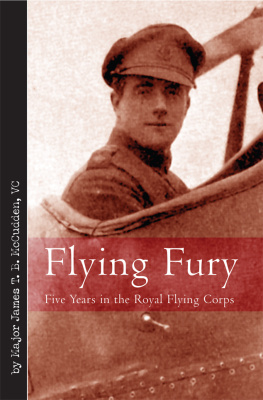
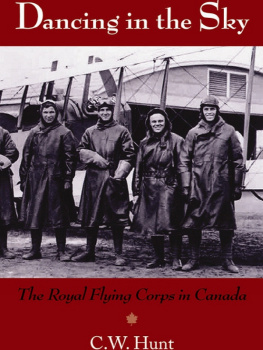
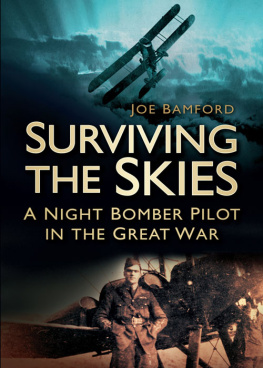
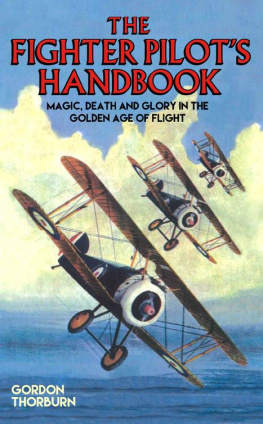

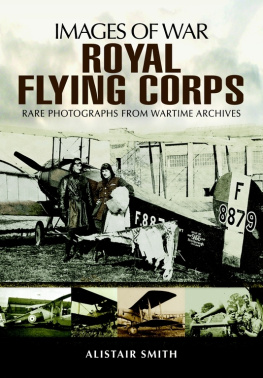
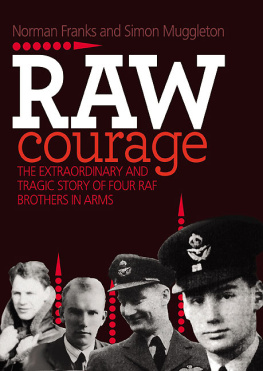
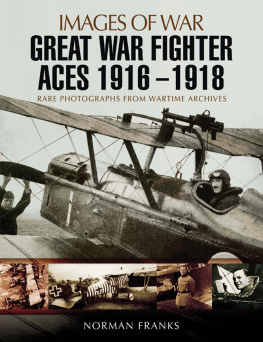
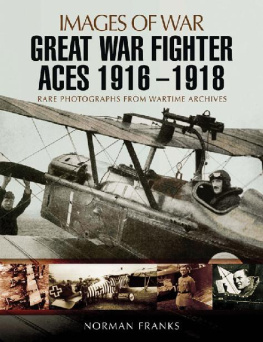
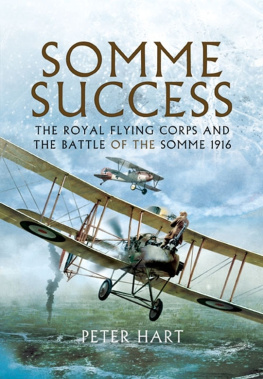
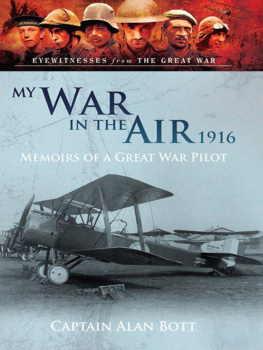
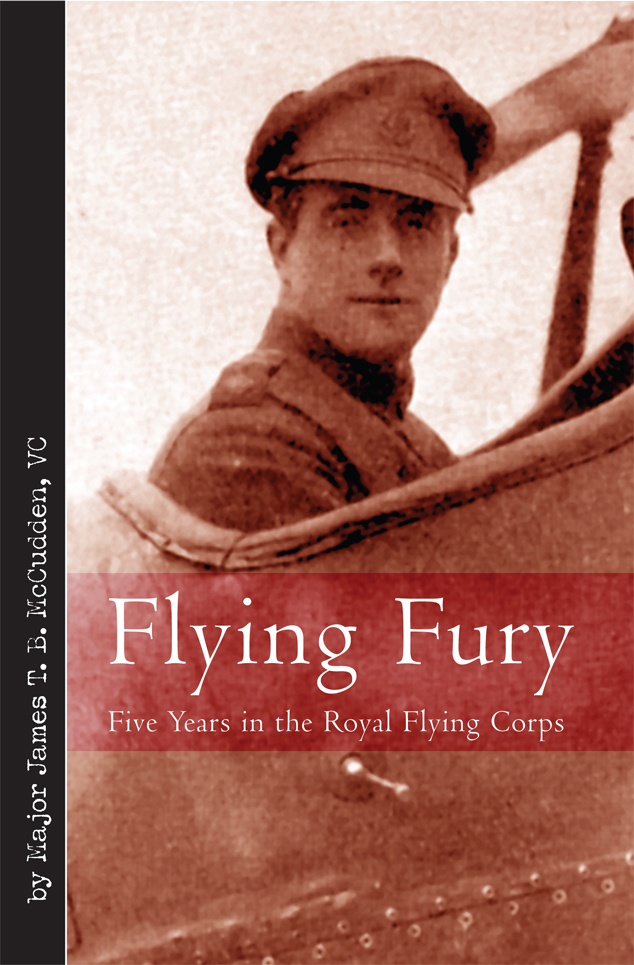

 A Greenhill Book
A Greenhill Book